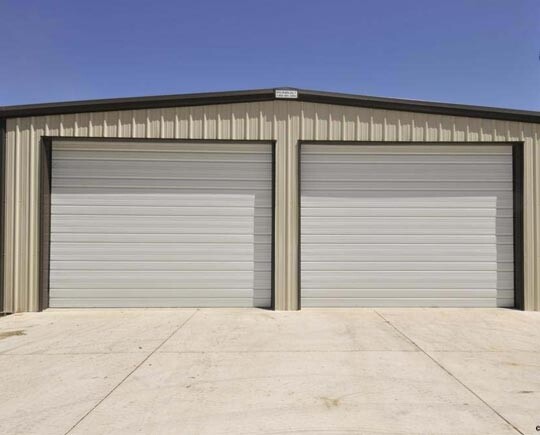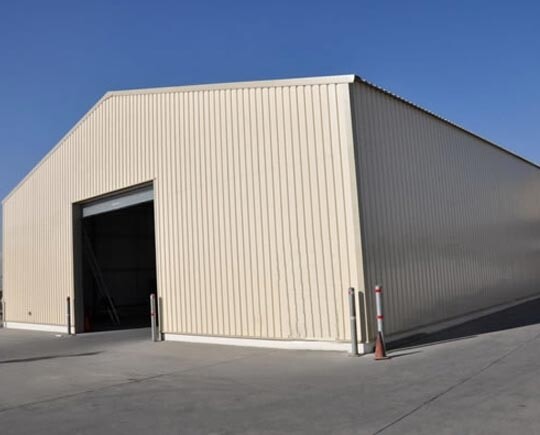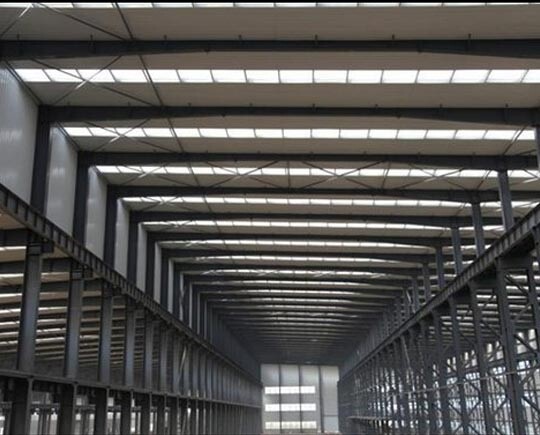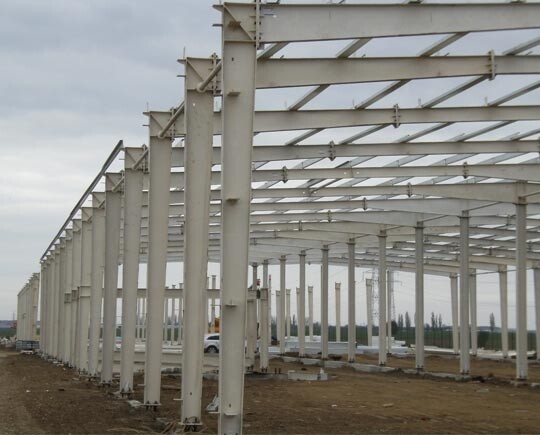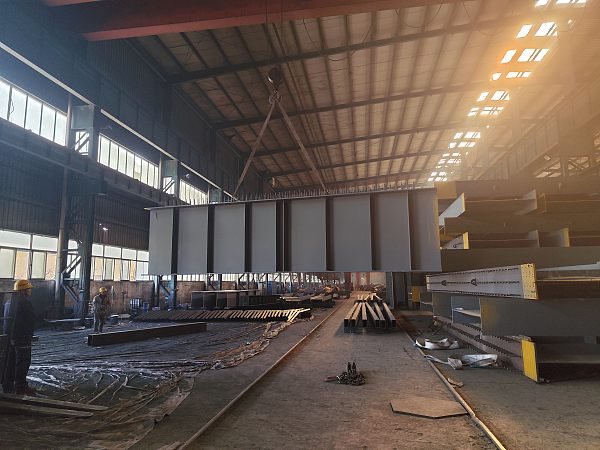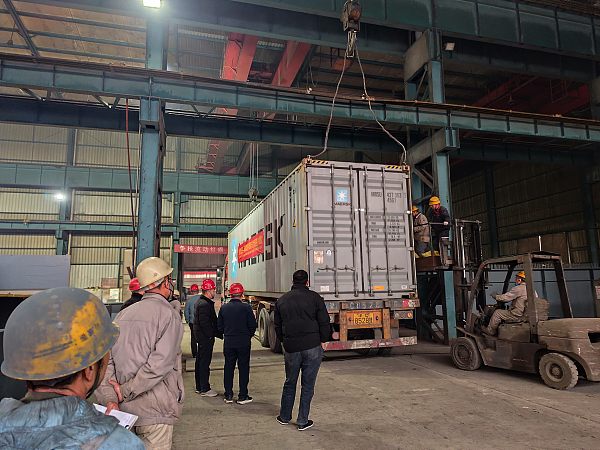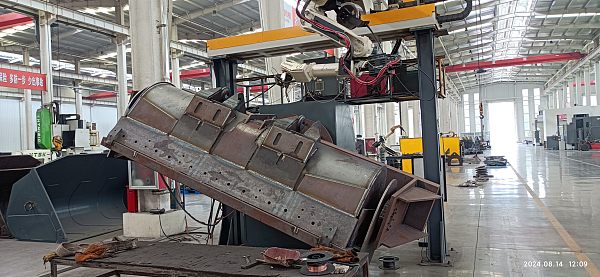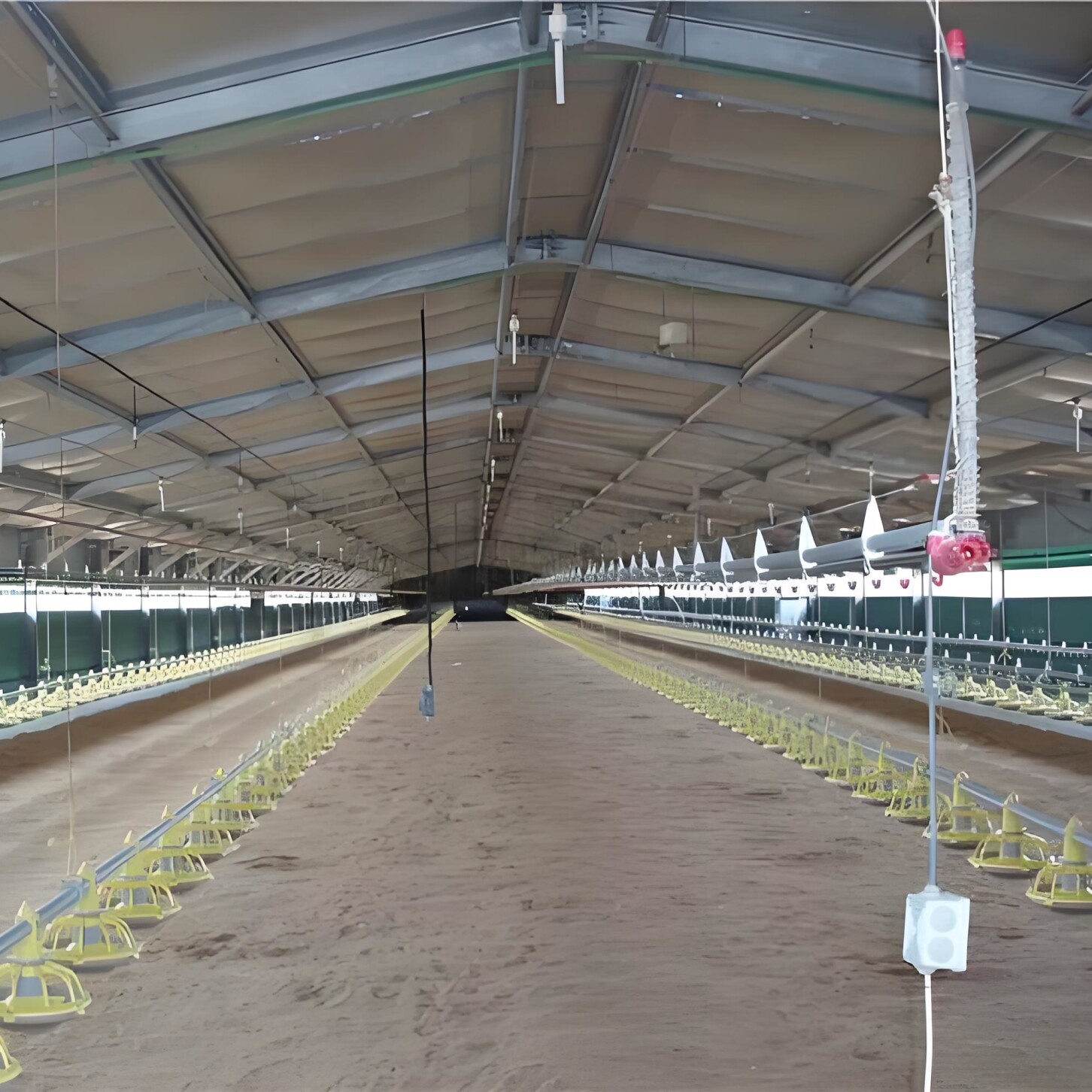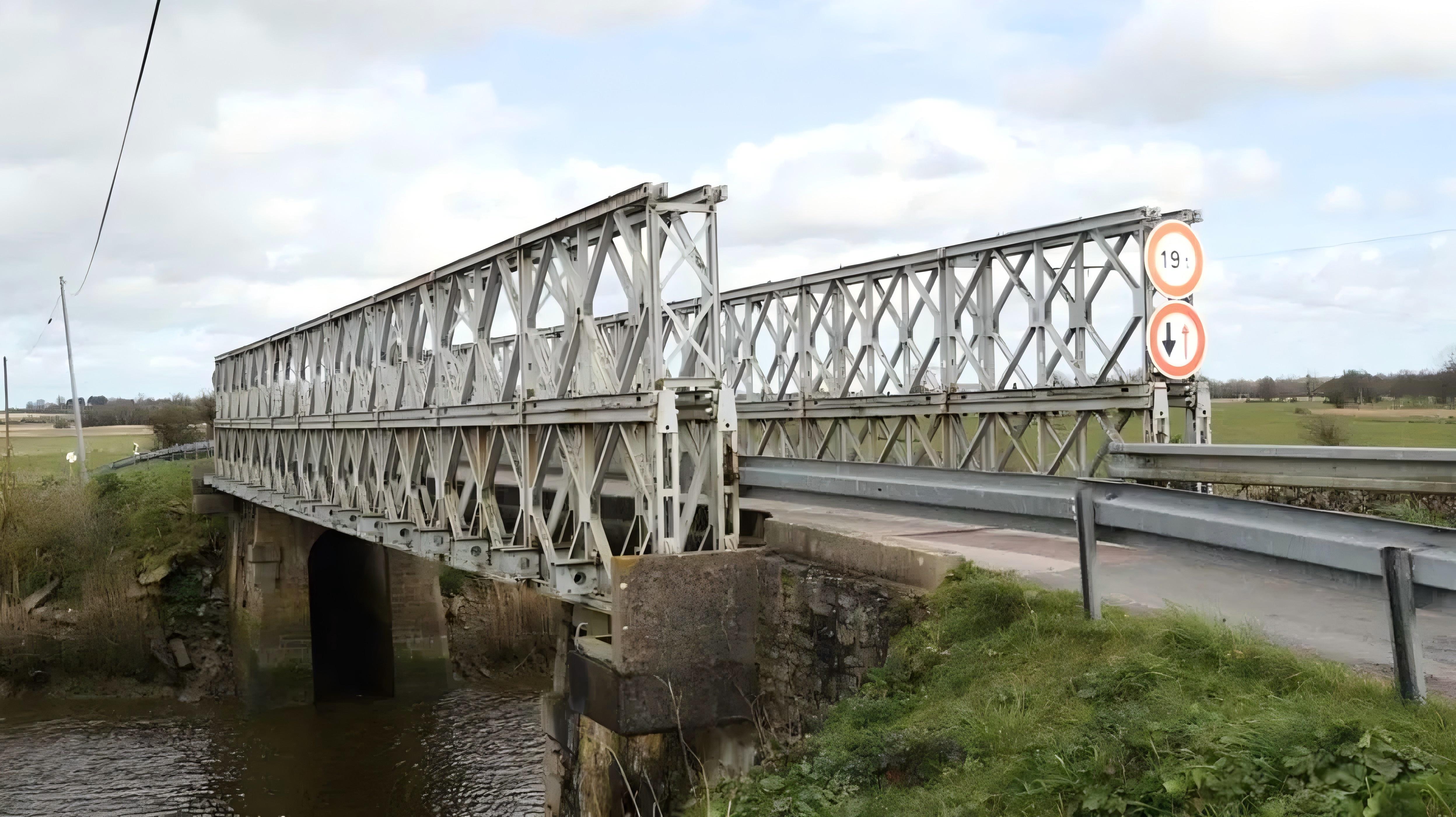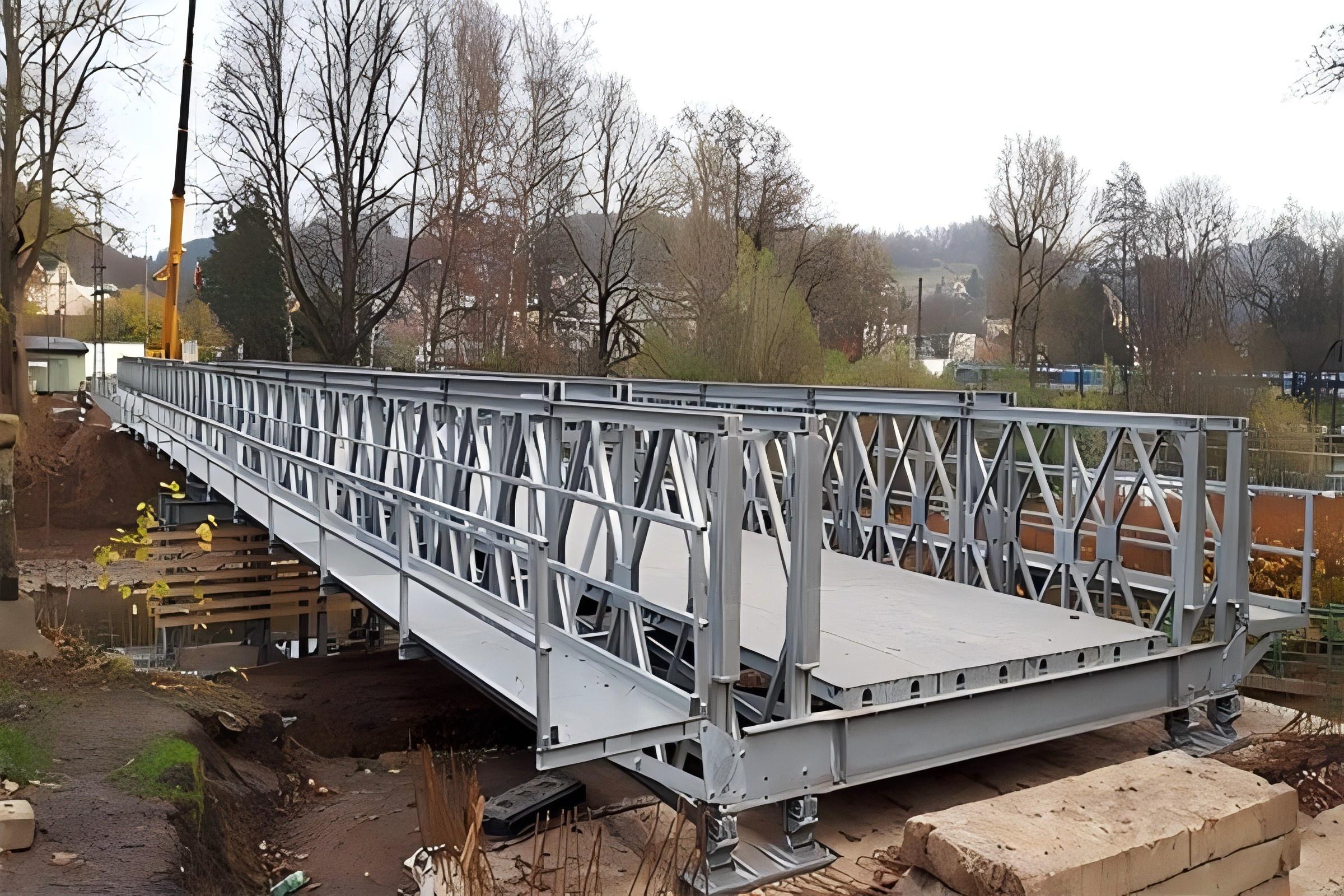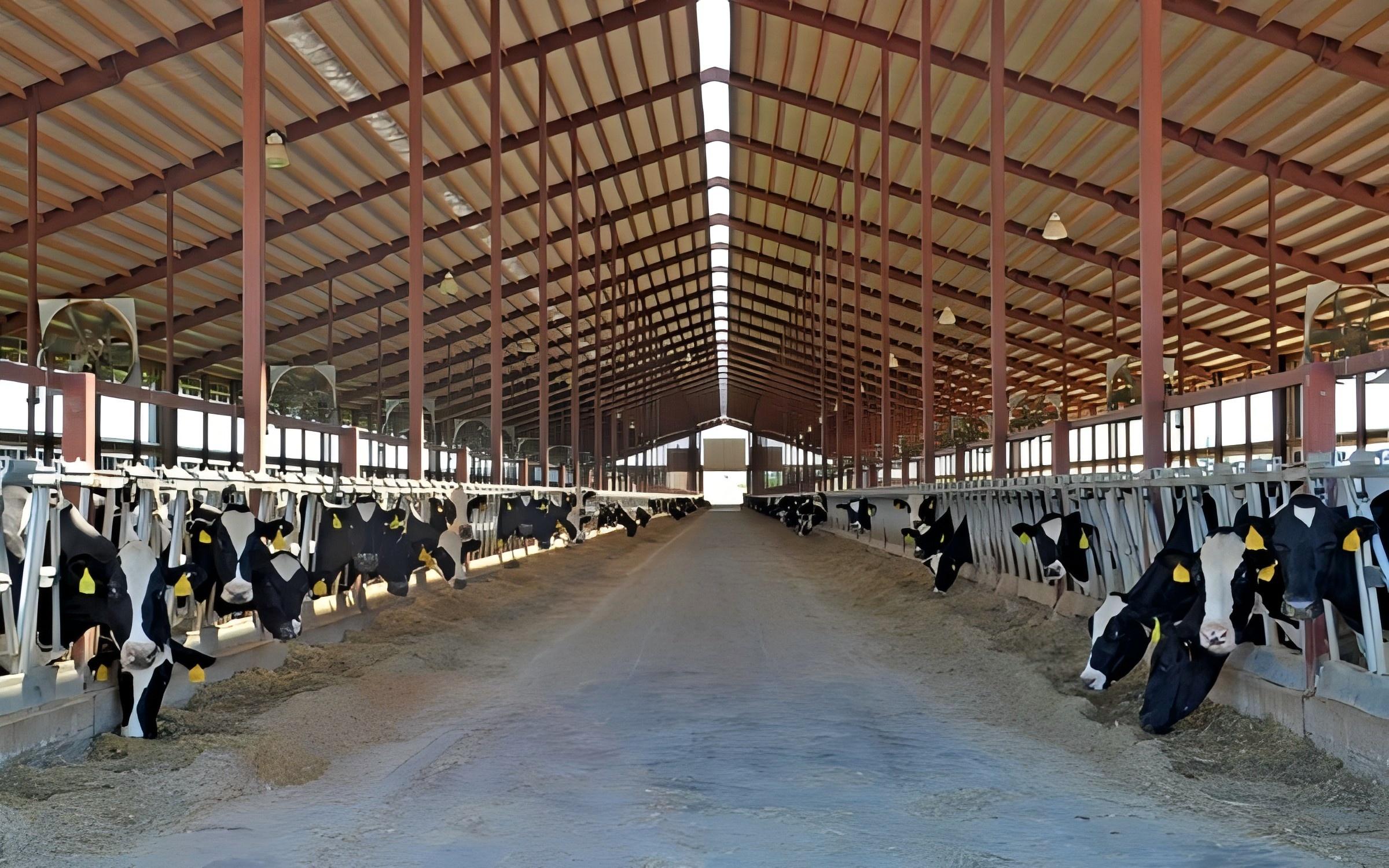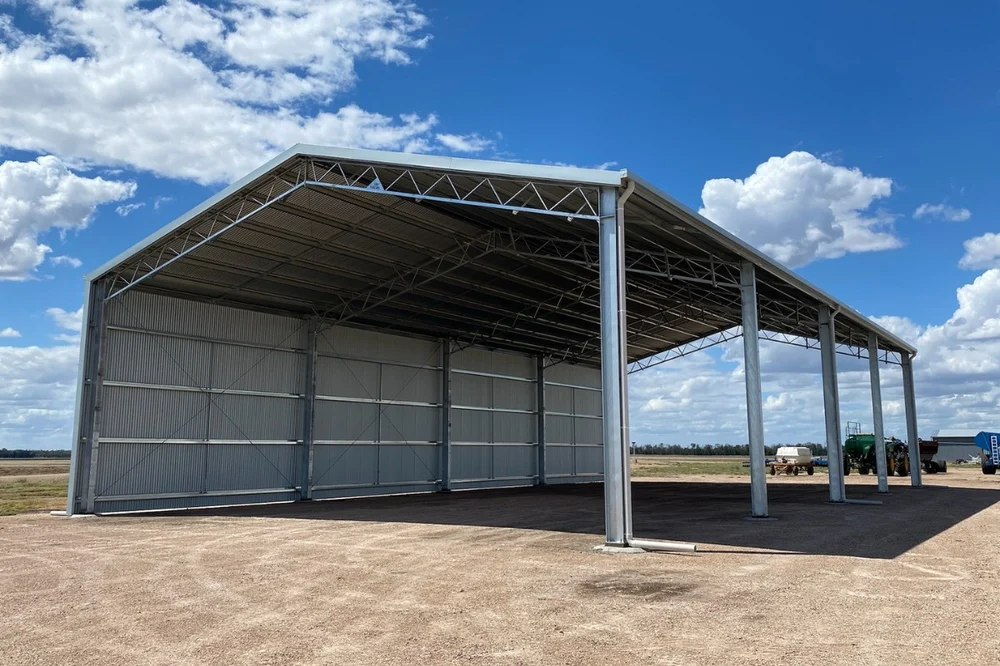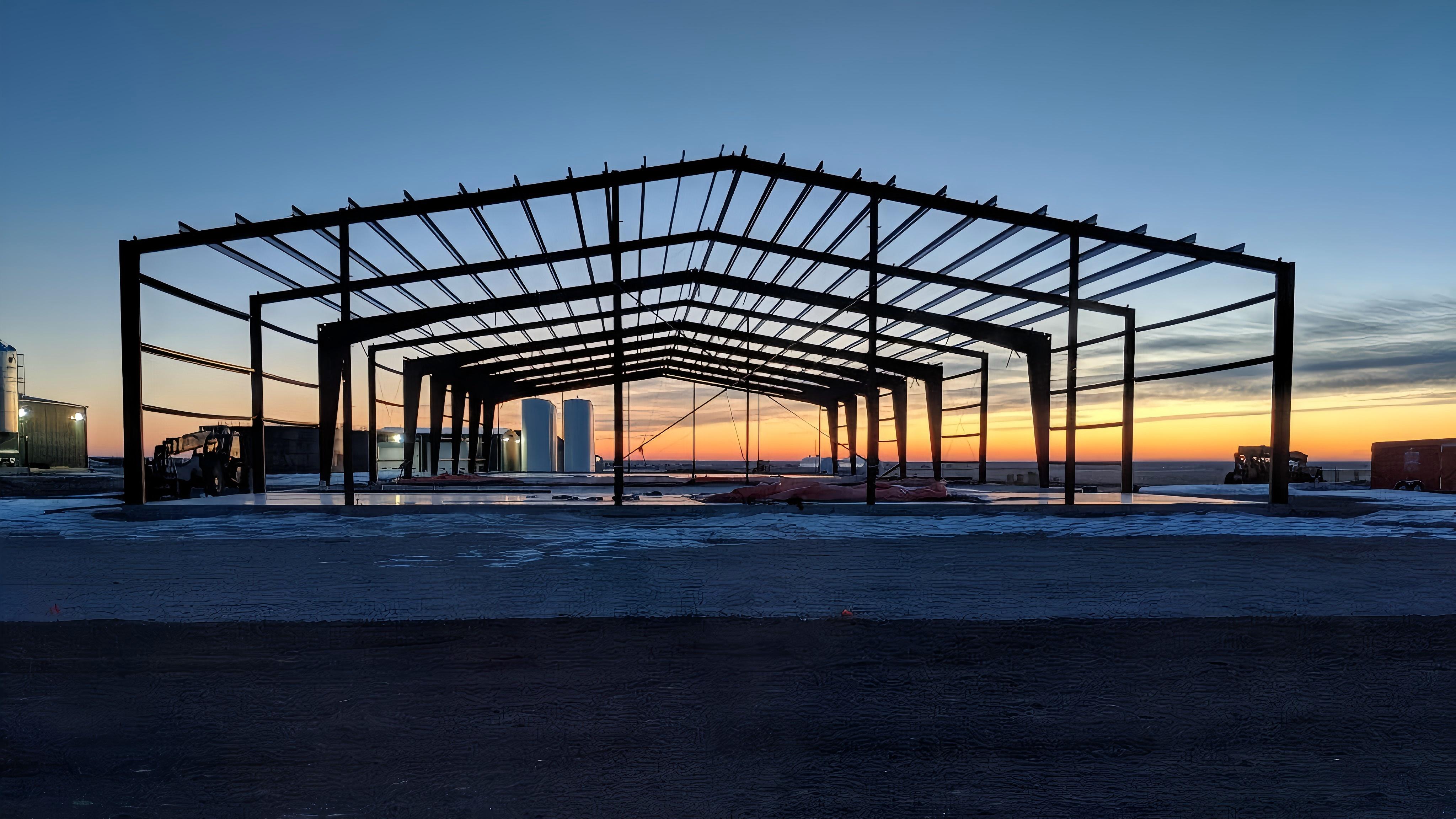- PRODUCT CENTER -
Leave A Message
Product Parameters
Modern Steel Structure Warehouse Workshops: Design, Benefits, and Trends
Introduction
Steel structure warehouse workshops have become the preferred choice for industrial and logistical applications due to their durability, cost-efficiency, and adaptability. These buildings are widely used in manufacturing, e-commerce, cold storage, and automotive industries, among others.
This comprehensive article explores:
Key design considerations for steel warehouse workshops
Advantages over traditional construction
Latest technological and sustainability trends
Emerging innovations shaping the future
1. Design and Construction of Steel Warehouse Workshops
A. Pre-Engineered Steel Buildings (PEBs)
Components: Factory-fabricated columns, beams, purlins, and roofing panels for quick assembly.
Customization: Configurable spans (up to 300 ft or more) and heights to accommodate heavy machinery.
Speed of Construction: Erected 30-50% faster than concrete structures.
B. Load-Bearing Structures & Framing Systems
Clear-Span Designs: No internal columns, maximizing usable floor space.
Multi-Span & Mezzanine Options: Ideal for multi-level storage or assembly lines.
Wind & Snow Load Resistance: Engineered to withstand severe weather conditions (e.g., hurricanes, heavy snow).
C. Roofing and Wall Systems
Roof Types:
Standing seam roofs for durability against leaks.
Insulated sandwich panels for temperature control.
Cladding Materials:
Galvanized steel sheets (anti-corrosion).
Fire-resistant coatings for industrial safety.
D. Foundation and Flooring
Concrete slab-on-grade is standard, but pier foundations are used in unstable soils.
Reinforced flooring for heavy forklifts and machinery.
2. Key Advantages of Steel Warehouse Workshops
A. Cost-Effectiveness
Lower material costs vs. traditional brick-and-mortar construction.
Reduced labor expenses due to prefabrication.
Minimal maintenance costs (steel resists rot, pests, and fire).
B. Durability & Longevity
50+ years lifespan with proper maintenance.
Corrosion-resistant coatings (galvanization, epoxy paints).
C. Flexibility & Scalability
Easy expansion (add bays or height as needed).
Adaptable layouts for different industrial needs (storage, assembly, offices).
D. Sustainability & Eco-Friendliness
Steel is 100% recyclable (up to 90% recycled content in some structures).
Energy-efficient designs (cool roofs, solar panel compatibility).
3. Technological & Industry Trends in Steel Warehouse Workshops
A. Smart Warehousing & Automation
IoT sensors monitor structural health, temperature, and humidity.
Automated Storage & Retrieval Systems (AS/RS) integrated into steel frameworks.
Robotics & AGVs (Automated Guided Vehicles) optimize logistics.
B. Energy Efficiency & Green Solutions
Solar panel roofs for on-site renewable energy.
High-performance insulation to reduce HVAC costs.
Natural lighting via skylights and translucent wall panels.
C. Prefabrication & Modular Construction
3D BIM modeling for precise fabrication.
Modular workshops assembled in weeks, not months.
D. Advanced Fire & Safety Features
Fireproof steel coatings for compliance with industrial safety codes.
Smoke vents & sprinkler systems for enhanced protection.
4. Emerging Innovations & Future Developments
A. AI & Digital Twin Technology
Real-time structural monitoring for predictive maintenance.
AI-driven logistics optimization within steel warehouses.
B. Self-Healing & Nanotechnology Coatings
Smart coatings that repair minor corrosion automatically.
Anti-microbial surfaces for hygiene-sensitive storage (e.g., food, pharmaceuticals).
C. Hybrid Structural Systems
Combining steel with carbon fiber or UHPC for ultra-strong, lightweight designs.
D. Drone Delivery & Smart Loading Bays
Drone docking stations for automated inventory management.
Automated truck loading systems within steel-framed warehouses.
5. Case Studies & Real-World Applications
A. Amazon’s Steel Frame Fulfillment Centers
Use clear-span steel frames to accommodate automated robotics.
Incorporate solar panels and energy-efficient lighting.
B. Cold Storage Warehouses for Food Distribution
Insulated steel panels maintain sub-zero temperatures efficiently.
Modular designs allow quick scaling for seasonal demand.
C. Automotive Manufacturing Plants (Tesla, Toyota)
Heavy-duty steel structures support robotic assembly lines.
Flexible layouts adapt to changing production needs.
Conclusion
Steel structure warehouse workshops represent the future of industrial construction, offering speed, durability, and smart-technology integration. With innovations like AI-driven logistics, self-healing materials, and green energy solutions, steel warehouses will continue to dominate as the most efficient and sustainable option for industrial and logistical needs.
Packaging and Transportation
Instruments and Equipment
FAQ
Q: How can I get a quote for my project?
Q: How long can I get the price?
Q: Can we visit your factory?
Q: Do you provide customized product services?
Q: Where is the loading port?
Q: How to package the product?
Q: What if I have no import experience?
Q: Can you provide on-site installation service?
Q: How long is the delivery time?
Q: What is your payment terms?
Q: How can I place an order if my trial order does not reach your MOQ?
Q: How do you control product quality?
Contact Us
RELATED PRODUCTS
TOUCH WITH US

